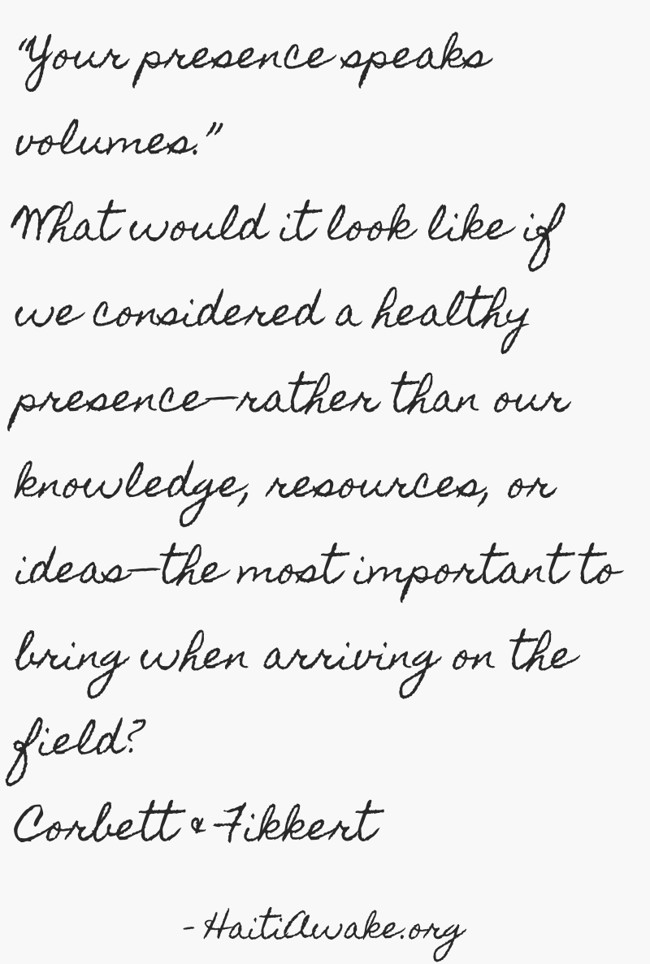
And remember your announcement can simply be made on a smartphone or a normal desktop computer. This first announcement can really set the tone for the course. If you have included details about this elsewhere in your course (e.g., the syllabus or a contact information page), point out that this information can be found there. What are you committing to in terms of communication and monitoring? What should they expect in terms of email response wait times? It’s helpful to set these expectations early. Highlight for your learners how they can get help and support from you. Remember, many online courses are self-paced, and without explicit direction, some learners may not really dig into course content until week two or three. If there is a task, activity, or assessment that they must complete in the first week or two (e.g., join groups, introduce themselves in a discussion forum, complete a prelearning quiz, etc.), point that out for them in your welcome message. Provide learners with a quick overview of where they can find critical information in the course (especially the course schedule). Courses may be organized in different ways that are not always intuitive. Help learners quickly orient to the organization and layout of the course. If you have them, encourage your TAs to introduce themselves as well via video or discussion board. The more information you provide about yourself, the more likely they are to relate to you. You can direct them to a page in the course syllabus or an About the Instructor or About the TA page. Try to keep it short, but consider including a hook of some kind to pique their interest. Briefly tell learners a bit about yourself and what you are excited about in the course (content or assessments). Some suggested talking points for a useful welcome announcement are listed below. You can welcome learners with a typed message or a personalized video distributed through the Announcements function present in most Learning Management Systems (LMSs). Used under CC BY 3.0 license) Welcome announcementsįirst impressions matter, so start off on the right foot by welcoming learners into your course the way you might welcome someone into your classroom or home. Strategies for building teaching presence (“Idea” icon by ProSymbols, from the Noun Project.

In short, teaching presence matters simply because humans learn best from other humans and not from static documents, videos, and the rest. The raw availability of information is not sufficient-we need experts to help us to know what information to focus on and help us put various elements together into greater structures of knowledge and skill. In other words, humans tend to seek guidance of some kind when gaining new knowledge and learning new skills. Yet, when we are serious about learning something, most of us are likely to enroll in a course of instruction of some kind to meet our learning goals.

It is, of course, possible in our age to learn nearly anything you wish on your own time using nothing more than an internet connection and possibly a library. (Anderson et al., 2001) Why teaching presence matters Teaching presence begins before the course commences as the teacher, actingĪs instructional designer, plans and prepares the course of studies, and it continues during the course, as the instructor facilitates the discourse and provides direct instruction when required.


We define teaching presence as the design, facilitation, and direction of cognitive and social processes for the purpose of realizing personally meaningful and educationally worthwhile learning outcomes. Teaching presence can be created at any distance, through a wide variety of media, and is something we build into courses when designing them and cultivate actively when teaching them. Module 4: Quality facilitation and improvementĤ.4 Building teaching presence during term What is teaching presence?Īs noted in the previous section, teaching presence is something experienced by learners when they perceive the impact of your expertise and personal investment in their learning.


 0 kommentar(er)
0 kommentar(er)
